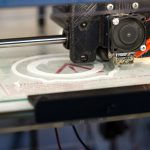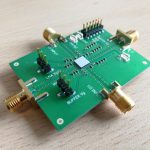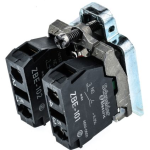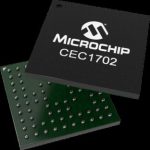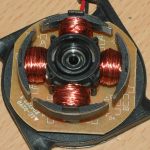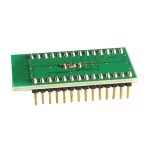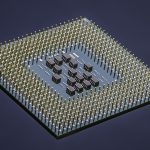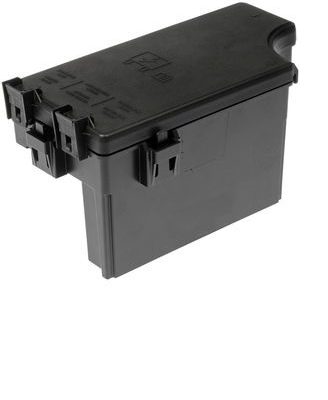
Integrated Power modules
Integrated Power Modules (IPMs), process power in accordance with the information at the control interface. IPMs covers many functions including power supply bus types, passive components enjoined into the bus and passive components enjoined into the bus among others. An IPM provides the physical containment package for numerous power components, mostly power semiconductors for instance power electronic switches (IGBTs, MOSFETs, BJTs, Thyristors), half bridge, bridge rectifiers and three-phase inverters amongst others.
Types of Integrated Power Modules
IPM can be categorized based on two factors, packaging options, or output.
Packaging options
There are three popular packaging options for Power Modules including leaded, quad flat no-lead(QFN), and embedded.
-
Embedded
PCBs, serve as the base of the IPM. The ICs and passive components are embedded directly onto the PCB. The advantage of this option is that consumes less space hence offering the best-in-class size and high component integration. However, it also comes with a disadvantage, the IC is embedded on the FR-4 which exhibits relatively high junction-to-ambient thermal resistance than copper lead frames used in other packaging options. This leads to embedded modules having a peak output of around 3A.
-
Leaded
A leaded module is manufactured by attaching the die to the bottom side of the top lead and then mating it with the top of the bottom lead from. The bottom lead makes up the base of the module, it has a large pad that is exposed to the environment to allow it to dissipate heat during operation. Passive components are placed on the top side of the top lead frame and are encapsulated with epoxy while leaving the leads exposed. The exposed leads mean that soldering the circuit is easily done by hand and making changes to prototype boards is easy. Visible leads are ideal for manufacturing environments where the integrity of the soldered parts can be verified by visual inspection. The leaded option has a couple of disadvantages including relatively low current density, big size and is more costly owing to the design involved.
-
QFN Modules
QFN modules have three different designs, the over-molded lead frame, open frame lamina and over-molded laminate. Despite the variations in design, there is one thing that is constant across the board, the, all the designs use pre-packaged, tested silicon rather as opposed to unpackaged die. Working with QFN modules is a little more challenging. QFN modules are also a little more expensive compared to the other modules. However, DFNs are small in size and offer high current density
-
Output
Integrated Power Modules can also be categorized according to the output current, output voltage, and output current.
Benefits of using Integrated Power Modules
Field programmable Arrays (FPGA’s), Application Specific Integrated Circuits (ASICs) and microprocessors are becoming increasingly power-hungry hence demand high current. To be able to supply these circuits with required current, manufacturers of communication systems and computing infrastructure often rely on discrete power solutions. However, these solutions have numerous setbacks and limitations. Listed below are some of the benefits of using IPM over the discreet solutions
- They are easy to use
- Owing to their layout, they have small form factor hence save a lot of space.
- They are versatile in the sense that they offer different solutions for different engineering needs. For instance, if you require ease of prototyping, a leaded module is a better fit. If you require high power density, QFN is more preferable.
- Have better performance.
Despite the numerous benefits derived from Integrated Power Modules, they also have their downside. They are relatively costly to acquire compared to discrete solutions.







